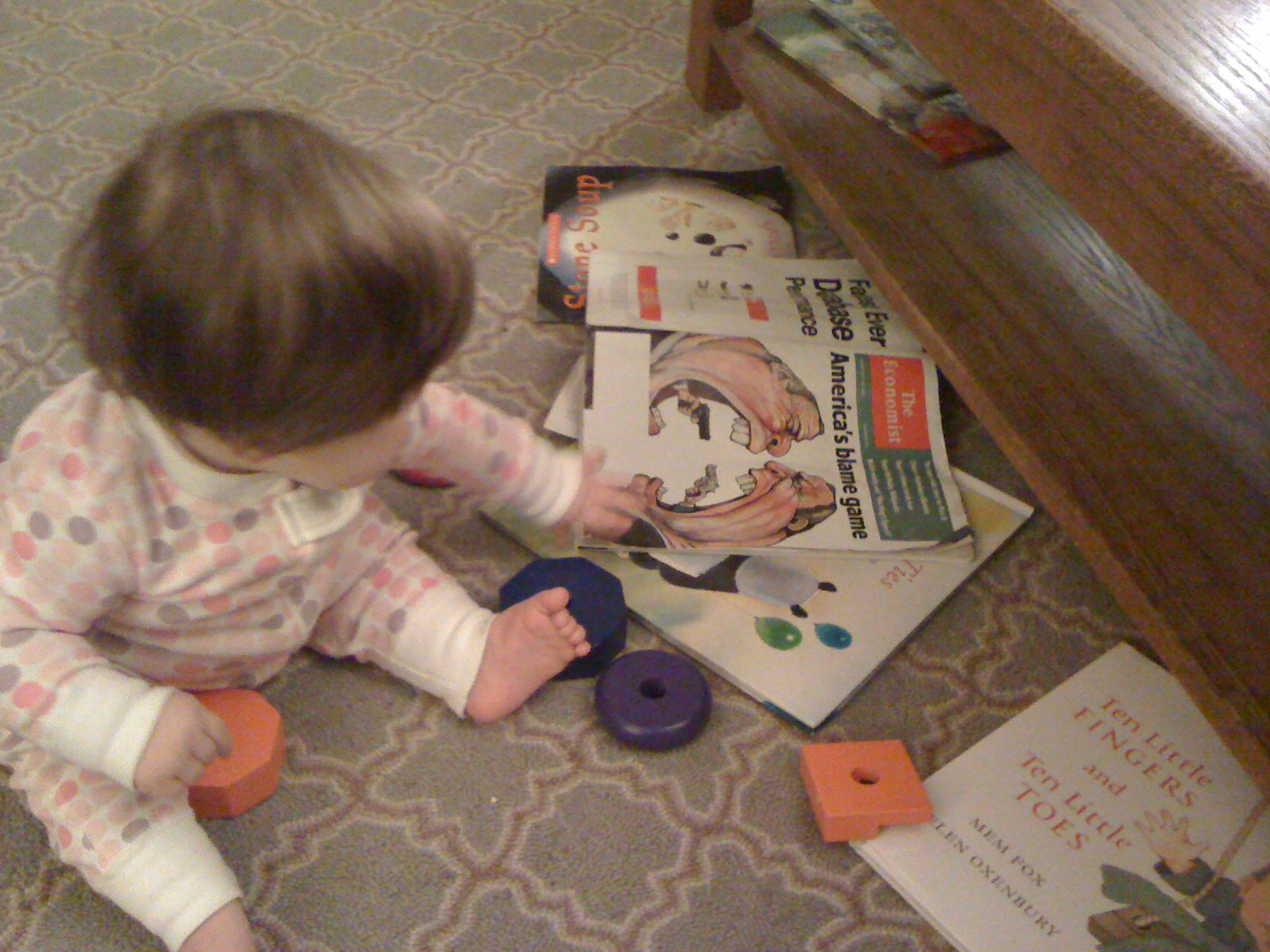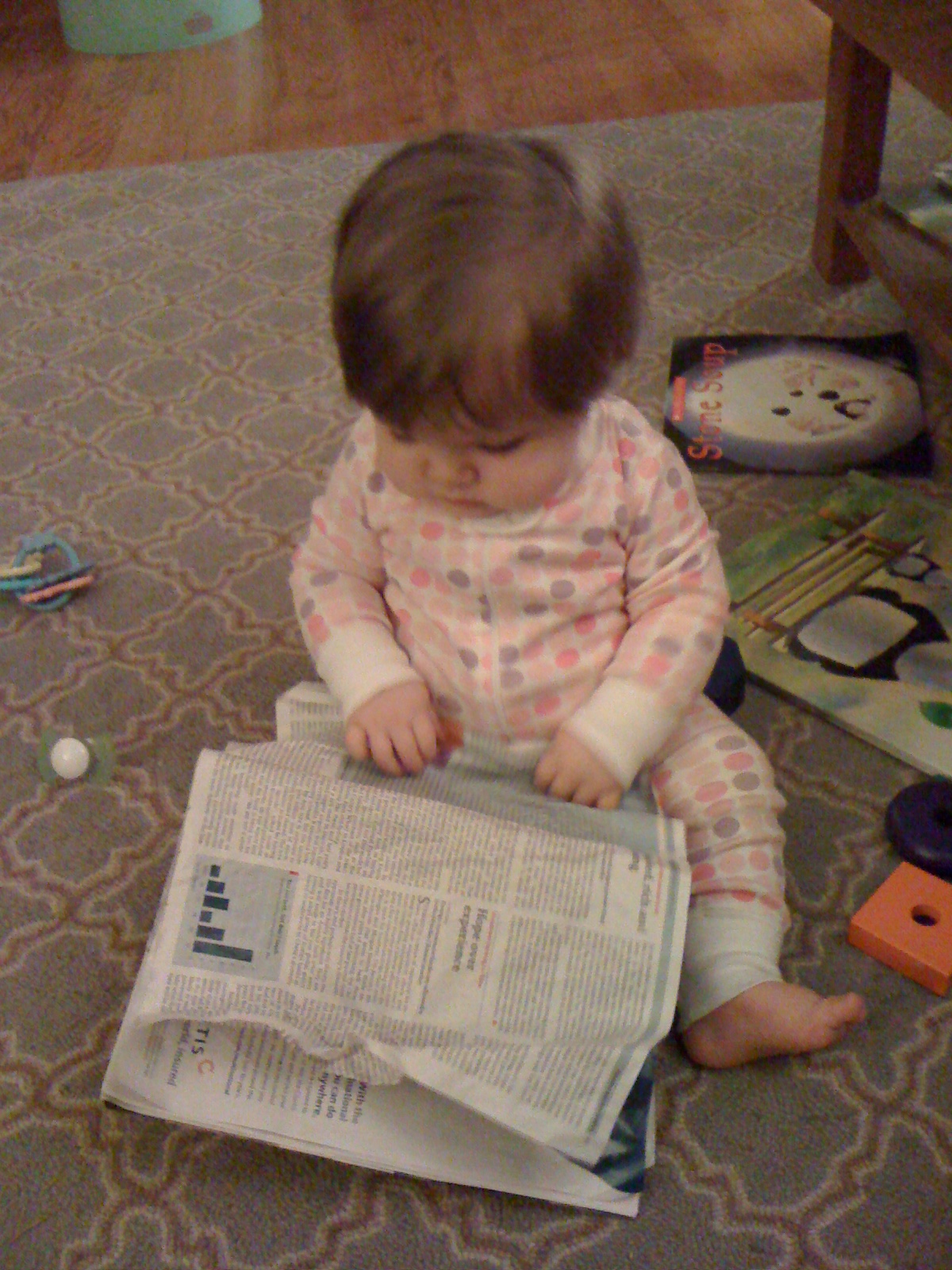I’ve elected to do my book reviews a little differently. In the past I’ve waited until I completed a book before I recorded thoughts and excerpts that I found interesting. The problem with this approach is that it is very time consuming because I save all the work for the end. Therefore, from now on I will record thoughts as I read.
 I just started a new book by Yuval Bar-Or entitled Play to Prosper. I had blogged about Dr. Bar-Or back November HERE. He is an expert in decision-making in the context of risk and caught my attention because of my interest in the role emotion plays in how we make economic decisions. His new book is a guide for individual investors to navigate the complicated world of investing. In his writing he uses sport & games as analogies for explaining the different roles that individuals play in the world of finance.
I just started a new book by Yuval Bar-Or entitled Play to Prosper. I had blogged about Dr. Bar-Or back November HERE. He is an expert in decision-making in the context of risk and caught my attention because of my interest in the role emotion plays in how we make economic decisions. His new book is a guide for individual investors to navigate the complicated world of investing. In his writing he uses sport & games as analogies for explaining the different roles that individuals play in the world of finance.
In the first few chapters he stresses the importance of engaging professionals who are upheld to a fiduciary standard.
“The key is to find those coaches who are fiduciaries, meaning that they have a legal obligation to place your priorities ahead of their own.”
I am proud to mention here that as a CFP® I am required to act in this manner.
Recently it’s become apparent to me that most individual investors believe that financial planners are synonymous with investment advisers. However, this is not the case, only a minority of investment advisers carry the CFP® designation. Furthermore, most do not want to spend the time planning. This book provides a nice summary of the role of a financial planner:
“Financial Planners take a comprehensive view of the client’s financial situation and develop a plan to achieve the client’s intended overall objectives. Rather than focusing only on investing, their advice may encompass investments, insurance products, educational trusts and, in some cases, taxation and wills. (They provide a game plan, but don;t execute it).“
I should point out that some planners do execute the plan but often they do not require the client to do so with them.



